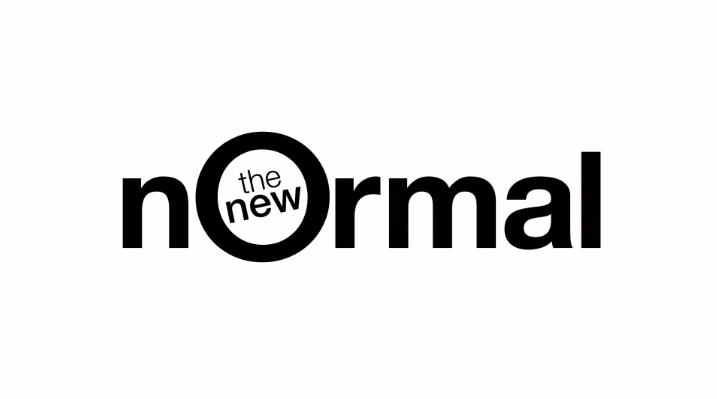Next Steps to New Normal
0 comment
The new normal is a term we’ve heard before in reference to past crises. Given the fluidity and uncertainties of our current situation, a new normal, suggesting stability, may seem illusive right now. A next step seems more realistic.

This step that will still have uncertainties, but uncertainties for which we have had time to prepare, among them, scoping out the shape of different scenarios and keying in on the strategies and tactics that we will be used for each. Having those scenarios thought out, along with the responses, is a lot more preparedness than any of us had for our current reality.
I’d like to add some suggestions to consider in your plans for what to do in the next phase. These aren’t the lessons learned that I keep haranguing everyone about. Those should already be making their way onto your lists. These are ideas that might be overlooked, but nevertheless, contribute to your progress.
Start “Take a Board Member to Work” days. And while this shadowing will look very different post COVID-19 lockdowns, there still will be great value in a board member joining a front-line staff member as s/he goes through her/his day. This will be far more powerful than having staff members speak briefly about their programs at a board meeting.
Make sure that understanding and doing financial forecasting is no longer your bugaboo. No doubt in the past 10 weeks, you’ve been scrutinizing your budgets. If you think you’ve been doing financial forecasting, think again. Your budget is the plan; the forecast is the prediction for the future based on past performance and current and future influencers, such as a novel coronavirus, a recession, an increase or decrease in demand for services. Budgets should be attached to a plan. Much like scenario planning, where you have (at least) a worse, middle and best case forecasts, you reduce the need to panic when the reality of one of those hits. You are prepared.
This would be a good time for assessments.
- How well did you pivot? If you didn’t do so well back in March, don’t shrug it off as “what do you expect; we didn’t have time to plan it all out.” Assess your organization’s pivotability. How nimble is it? Do your policies and culture support or restrict flexibility and new ways of doing things? Is your organizational culture set to be reactive or proactive? While there may be many aspects of your work that do not allow for flexibility, such as external rules and regulations that dictate how things must be done, that does not prohibit your organization from having the ability to be agile.
- As life went virtual, how did your social media strategy (assuming you had one) work? If you aren’t sure, or have no clue, as to how well your social media presence is supporting your needs and goals, now would be the time to do a social media audit so you know just where your social media strengths are, where your holes and vulnerabilities are, how good your strategy is, and how to strengthen it all.
- For many, fundraising posed a whole lot of questions—to do, not to do, if to do, how to do. Some organizations reduced their development staff (big mistake), some expanded and some held steady. Regardless of how you handled the development questions, going forward, everyone is going to be doing a full-court press, though that will, of course, look different for every organization. Are you ready for yours? Now would be the perfect time to assess your development functions, systems and structure. Consider doing a development audit.
- Many discovered just how lacking their technology was for remote working. (And, if it was lacking for that, it was probably lacking in other areas, as well.) Odds are that in order to be up to speed as quickly as possible, you did what was need as quickly as possible and without regard to strategy and any longer term needs and goals. Now would be the time to step back and do that technology assessment: what do we need now, what will we need and want over the next three years, and what is the plan for moving from what we have to what we need as quickly as possible.
If you have never considered the benefits of cross training staff—some or all—this would be a good time to do so. Sadly, as many learned, when then number of staff is reduced but the workload remains the same or greater, the remaining stuff have to do more. The “more” that they take on may be things that they have never done before and have little to no knowledge of how these tasks Having been crossed trained, even if just in the processes, everyone-from clients to staff to donors from—will be better served.
Lastly, talk to your insurance broker about lost income insurance and business disruption insurance. Be sure to ask if lost income due to a pandemic would be covered.
The opinions expressed in Nonprofit University Blog are those of writer and do not necessarily reflect the opinion of La Salle University or any other institution or individual.
